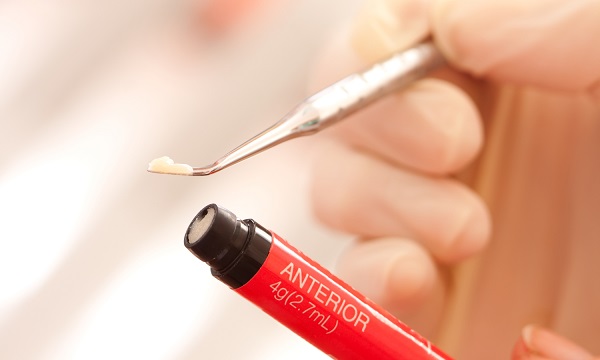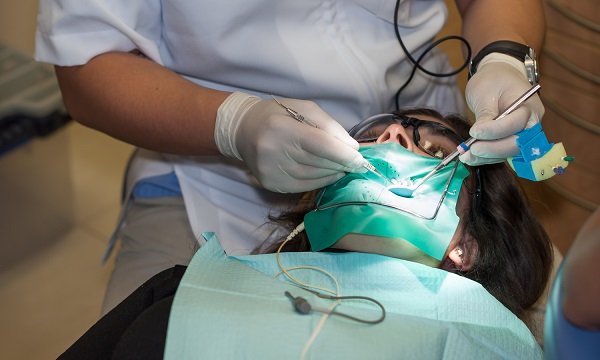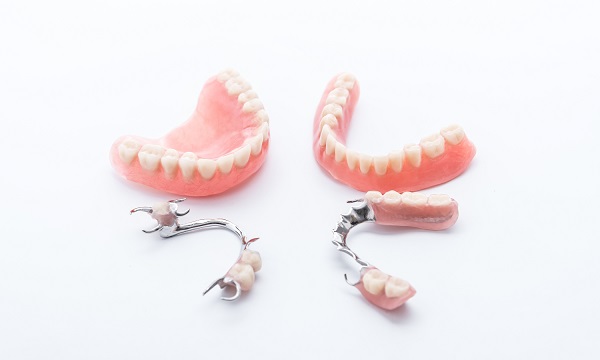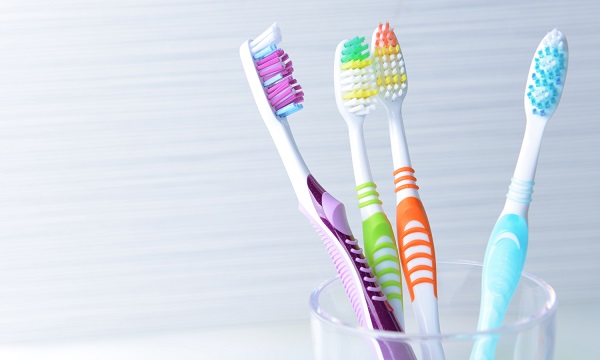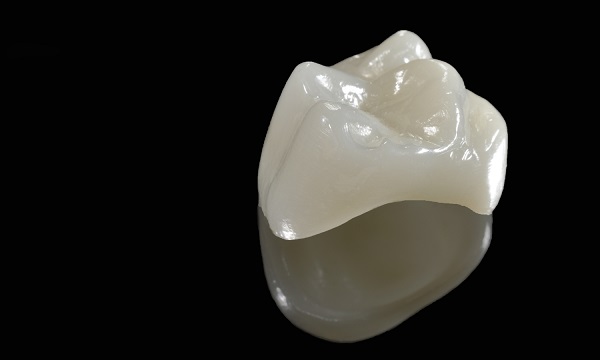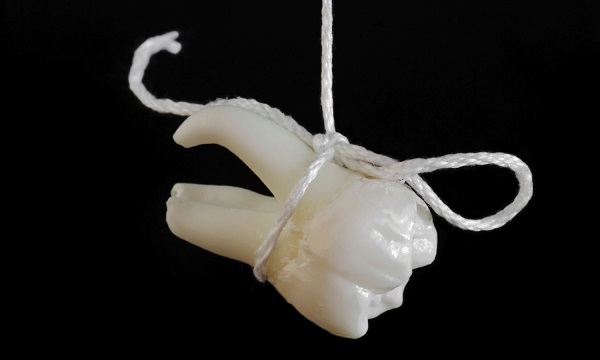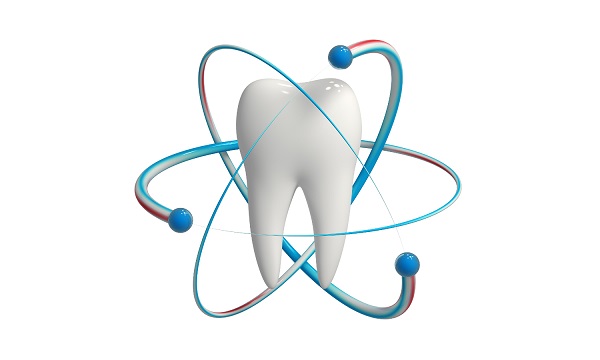A Crown maybe recommended if there is not enough of the original tooth remaining to repair confidently with a filling, or if the tooth is cracked, poorly shaped or requires reinforcement. It coverers the entire visible part of your tooth.
A crown is like is a cap that covers the tooth and can be made of various materials- most commonly- ceramic or metal. We match the shade that so it’s the same as your other teeth so it blends right in unless you choose to have a gold one.
An onlay is made of the same material as crowns but cover only the biting surface of your tooth. It is only suitable if the tooth is not severely decayed or broken down but requires more reinforcement than a standard filling. A ceramic veneer only cover the outside visible surface of your tooth. It is used to improve the colour and shape of teeth.
A bridge is an extension of a crown. It is used as an option to replace a missing. It often requires crowning the teeth adjacent to the missing tooth, and joining the two crowns with a false tooth in between. Nowadays, implants are often recommended instead of bridges as to not compromise more teeth for the sake of a missing tooth. However, it could be a good option if the adjacent teeth requires crowns anyhow. Crowns/onlays, ceramic veneers and bridges are strong as they are crafted outsides of your mouth on a model using materials that requiring modern techniques, specialized equipment, pressure and heat otherwise could not be done in you mouth. We only choose reputable local Australian dental lab technician to make these bespoke restorations for our patients.
For those that would like to know what is involved As teeth are alive, like a filling we often numb the area with local anesthetic so that the procedure is less uncomfortable for you. Once numb, decay and previous old restorations are carefully removed. The restorations are then replaced and act as a foundation along with the remaining tooth structure that will be underneath the crown. The tooth is then prepared to the required shape allowing room for the crown material. A mould is taken of the prepared tooth and sent to the dental lab. Whilst waiting for the crown to return back from the lab, a temporary crown is made and temporarily cemented over the prepared tooth. When the real crown returns from the lab, the temporary crown is removed, and a long term cement is used to hold the crown in place. Your bite is checked and now you are able to once again chew confidently on the tooth.
 By Dr. Lynette Lim
By Dr. Lynette Lim

